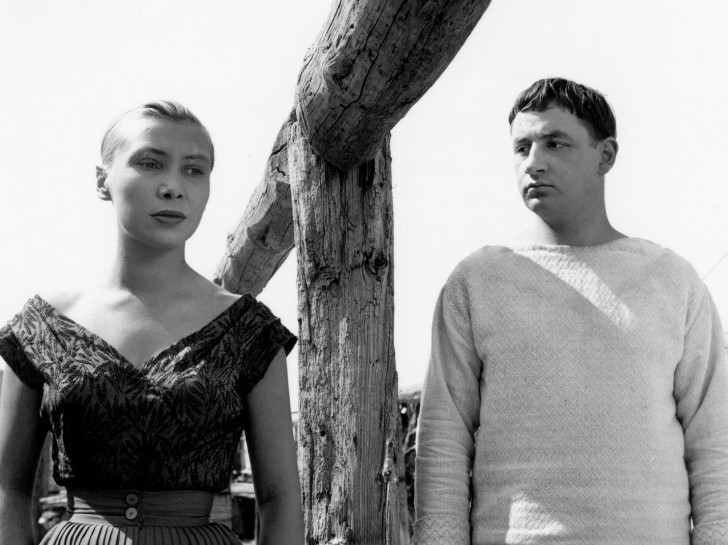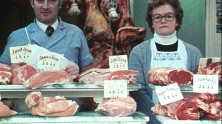
La pointe courte
Ulysse
Varda’s first feature set the example for the New Wave by filming on location (in the port city of Sète) with a small crew and outside the French studio system. Other than the two leads actors (including a young Philippe Noiret), borrowed from the Théâtre National Populaire, La pointe courte stars local fishermen and their families playing versions of themselves, at that time a radical practice, and one which Varda would continue in future films. Loosely based on William Faulkner’s The Wild Palms, La pointe courte follows two storylines connected through their location: while a young couple whose marriage is on the brink of dissolution visit the husband’s childhood home, the local fishermen manage their day-to-day family lives, running afoul of government inspectors and celebrating their annual boating event. Relying on her remarkable eye—honed by her years as a still photographer—Varda crafts visuals whose arresting beauty and texture draw as much from Sète and the working life of the village as from the disappointed lovers.
With Ulysse, Varda returns to a striking photograph she took in 1954, its subject a naked man on the beach beside a young boy, also naked, and the corpse of a goat. When the subjects, tracked down thirty years later, fail to remember the circumstances surrounding the photo, the film becomes a haunting meditation on the elusive nature of memory as well as a fascinating introduction to Varda’s photography and its influence on her filmmaking.















